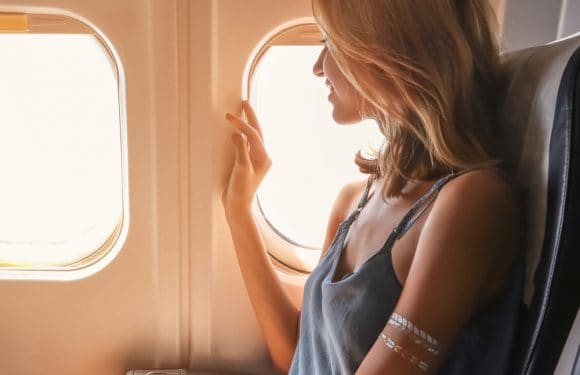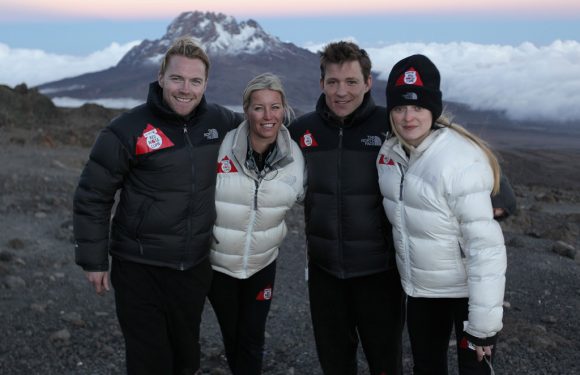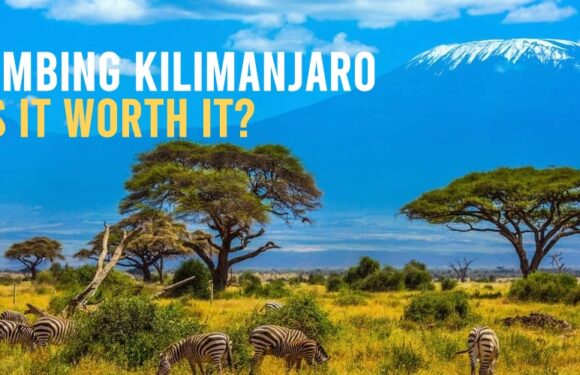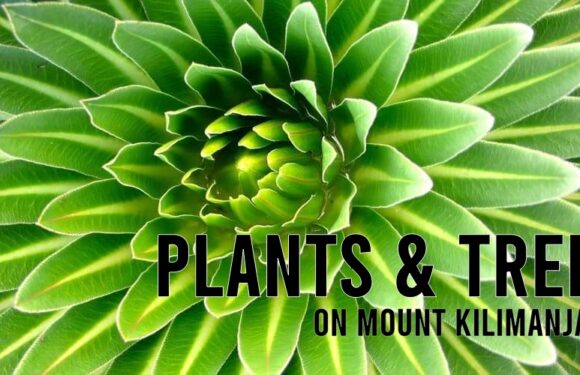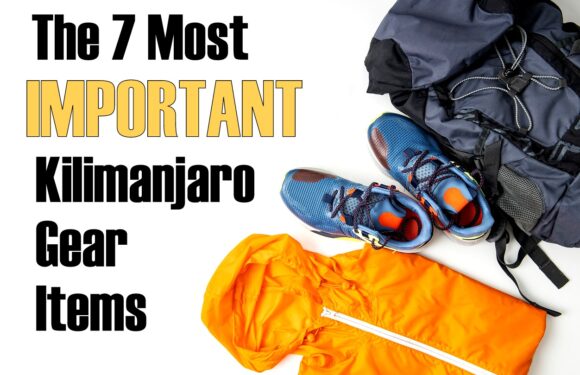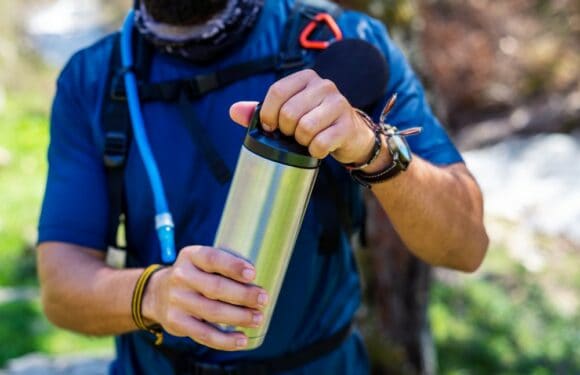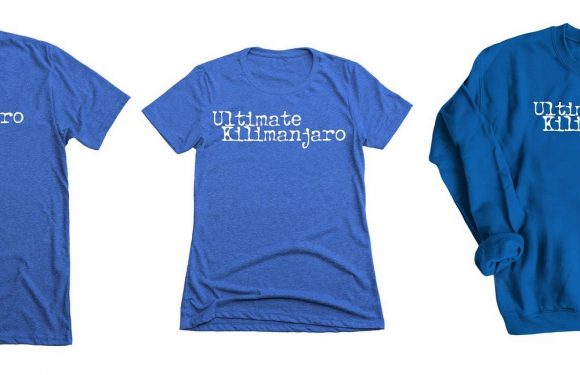Mount Kilimanjaro, the highest peak in Africa, has been a magnet for adventure travelers. However, despite its populatiry, there are numerous misconceptions surrounding the climb itself.
In this article, we’ll debunk seven common myths about climbing Kilimanjaro.
Mount Kilimanjaro is well known to adventure travelers. However, despite its popularity, there are many misconceptions around climbing this member of the Seven Summits.
In this article, we’ll debunk 10 common myths about climbing Kilimanjaro.
Misconception #1: You’ll Need to Rock Climb
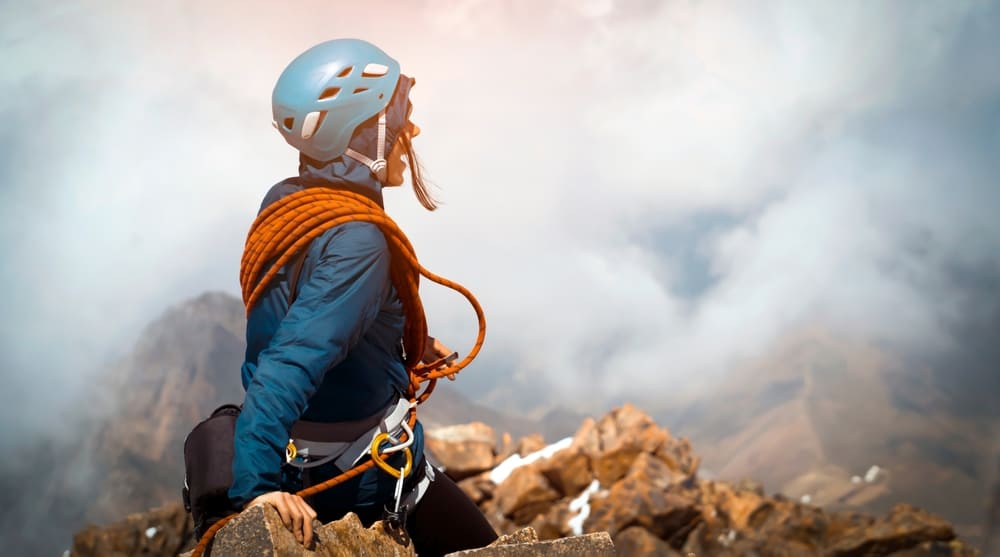
Many people believe that climbing Kilimanjaro demands technical climbing expertise. They think they’ll be asked to scale vertical cliffs using rock climbing skills.
It’s an easy mistake to make, because we do say “climbing Kilimanjaro” when the more accurate description would be “hiking Kilimanjaro.”
The reality is that Kilimanjaro doesn’t require technical mountaineering skills. While some routes do involve scrambling, or using your hands and feet to get over some terrain, the ascent mainly involves walking. The routes are well-maintained and don’t necessitate specialized equipment like ropes and harnesses. So, there’s no need to train at an indoor climbing gym to prepare for Kilimanjaro. If you can put one foot in front of the other, you can climb Kilimanjaro.
Misconception #2: The Mountain Weather is Warm

When people think of Africa, they envision hot, dry plains under a grueling sun. So accordingly, many assume that climbing Kilimanjaro will be warm and comfortable.
Nothing could be farther from the truth. The climate on Kilimanjaro varies dramatically with the altitude. While the base of the mountain might be warm, temperatures drop significantly as you ascend. At the higher elevations, frost, snow and ice are common. Trekkers must be prepared for these temperature fluctuations by bringing the appropriate clothing to combat the cold.
During the day hikes, wearing a single base layer on top is often enough as day time temperatures are mild. But in the evenings, you should expect temperatures in the 40’s or 50’s (F) on the lower slopes, and in the 20’s (F) at high camp. Nighttime summit temperatures can range from 20F to -20F.
Typically, for the nighttime summit attempt, people wear four to six layers on top and three layers on bottom. And this is true, all year round. Above 16,500 feet, you are venturing into the arctic zone on Kilimanjaro. There is no warm season.
Misconception #3: You Have to Be Super Fit to Do It

There’s no doubt that a mountain as big as Kilimanjaro requires a decent level of fitness to tackle. Some believe you have to be an elite athlete, have a sculpted physique, and marathoner’s cardio in order to attempt the climb.
But that’s not the case. Normal, everyday people successfully make it to the summit all the time. With some training, along with mental preparation and the support of our staff, our clients from all walks of life perform very well. Of course, being in phenomenal shape will make the feat easier. However, it’s certainly not a prerequisite.
The reason is that the main obstacle that prevents people from reaching the top is adjusting to Kilimanjaro’s high altitude. And the best way to adjust is to walk slowly and steadily, to avoid taxing the body’s cardiovascular system too much and to conserve as much energy as possible. This gradual ascent means that anyone with a reasonable degree of fitness can do it, with the caveat that they can acclimatize.
Misconception #4: The Mountain is Really Dangerous
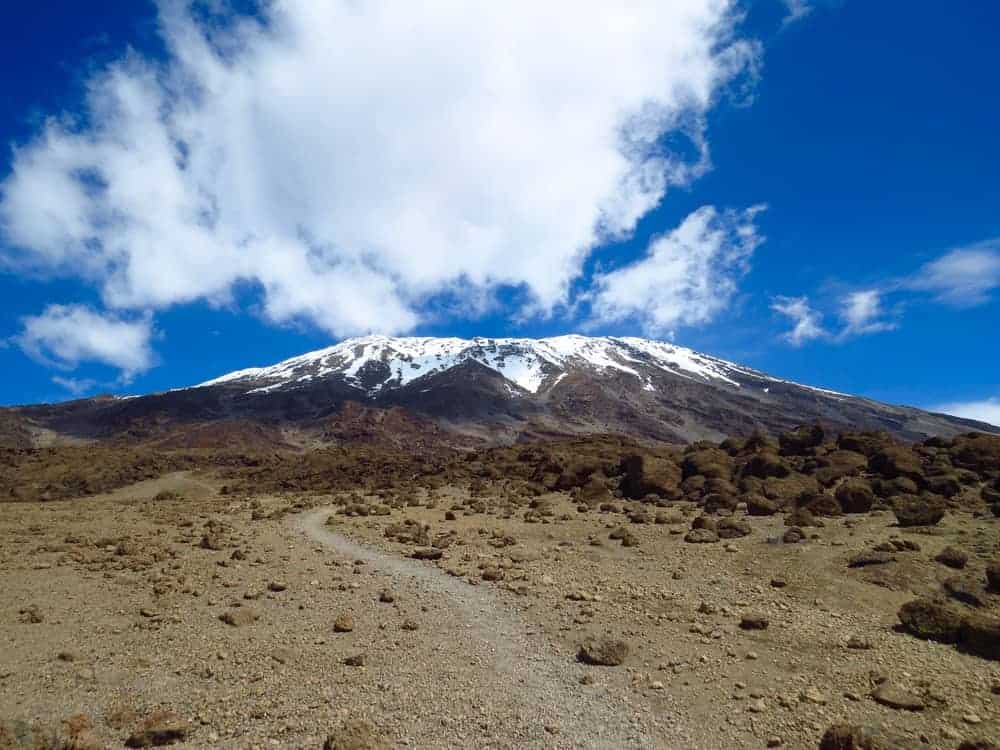
Climbing Kilimanjaro has its risks. Anytime you venture into a remote wilderness area and extreme altitudes, there are potentially life-threatening challenges.
But at the same time, it’s far from the perilous endeavor some imagine it to be. In a 2004 study, researchers reviewed the deaths of tourists who climbed Kilimanjaro over an eight-year time span and found that the overall mortality rate was 13.6 per 100,000 climbers – or .0136%.
Compare that with K2, which has a death rate of 32%, or Mount Everest, which has a death rate of 6.5%, and you can see that Kilimanjaro is a relatively safe mountain to explore.
There are many factors which make Kilimanjaro far safer than the most dangerous mountains in the world. First, the altitude is not as extreme, so severe altitude related illnesses are not as prevalent. Two, Kilimanjaro is a non-technical mountain, so climbers do not have to face steep ice and rock walls or crevasses. Three, the weather on Kilimanjaro is not as severe. White out conditions and strong winds are not as common as they are on other high peaks. And four, Kilimanjaro has a solid infrastructure for trekking. Evacuation off the mountain can be executed from anywhere in the park, fairly quickly, with emergency services located in the town below.
Misconception #5: There’s Lots of Mosquitoes and Bugs

No one likes dealing with pesky insects when they’re trying to enjoy nature. And we’re sure there’s some portion of the population that avoids the outdoors altogether because of their aversion to bugs.
Luckily, Kilimanjaro’s sheer height means that it transcends the altitude range where most insects and mosquitoes are found. Climbers leave behind the bug-prone lower altitudes very quickly. By the time they reach the high alpine and arctic zones, where the air is thin and temperatures drop significantly, the presence of insects becomes virtually non-existent.
The most likely place to be bothered by mosquitoes or other bugs is in Moshi, the gateway town where our climbs begin, or during a safari. I’ve personally never been bitten by a mosquito or any other bug while on Mount Kilimanjaro.
Misconception #6: You’ll Eat Dehydrated Food
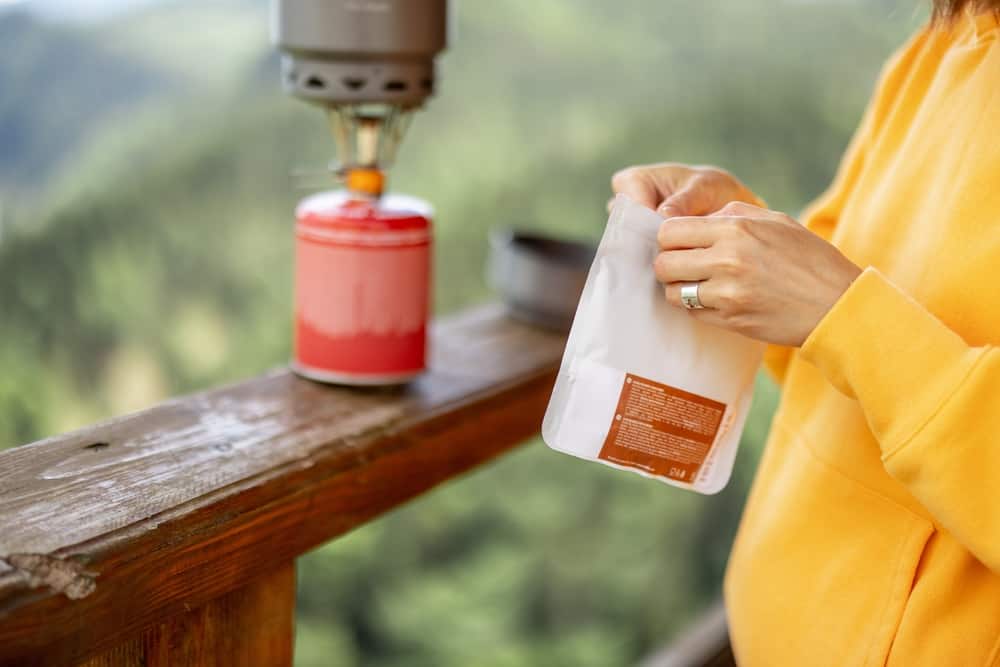
If you backpack regularly, then you probably have eaten dehydrated meals. Companies like Mountain House and Backpacker’s Pantry manufacture a variety of freeze-dried foods. These meals are lightweight, calorie dense, and easy to prepare on the trail simply by adding hot water to the bag.
You might think that on a long, multiday expedition like Mount Kilimanjaro, you’ll only be fed dehydrated or packaged food.
On the contrary, our clients are often surprised by the quality and variety of meals provided on the mountain. Our skilled cooks prepare hot meals using fresh, local ingredients designed to meet your macronutrient and caloric requirements, while at the same time being delicious, familiar, and digestible. The food not only sustains trekkers but also enhances the overall experience.
Be aware that not all Kilimanjaro companies are the same when it comes to the quality of the meals. Some give you box lunches that contain cheap, empty calories that you’ll find unappetizing, especially when repeated day after day.
But with Ultimate Kilimanjaro, I guarantee you’ll eat very well and be pleased with the taste and variety of food we serve.
Misconception #7: You’ll Have Nights by a Campfire

Who doesn’t like a campfire under the stars?
Imagine yourself gathered around a warm fire with your newfound friends on a chilly Kilimanjaro night. In your head is as close as this scenario will get. We’re sorry to say that campfires are prohibited on the mountain.
Campfires would wreak havoc on Kilimanjaro’s fragile ecosystems. To have a fire, you need firewood. At higher altitudes, like the alpine and arctic zones, firewood is in short supply. And the trees that do exist on the lower slopes are essential for maintaining the ecosystem. They provide habitat for wildlife, prevent erosion, and combat climate change.
Additionally, open fires have the potential to get out of control. With unpredictable winds, managing a campfire becomes a difficult task. Even without campfires, there have been incidents on the mountain involving camp stoves that led to dangerous wildfires.
So unfortunately, campfires are completely off the table.
Misconception #8: It Doesn’t Rain During the Dry Season
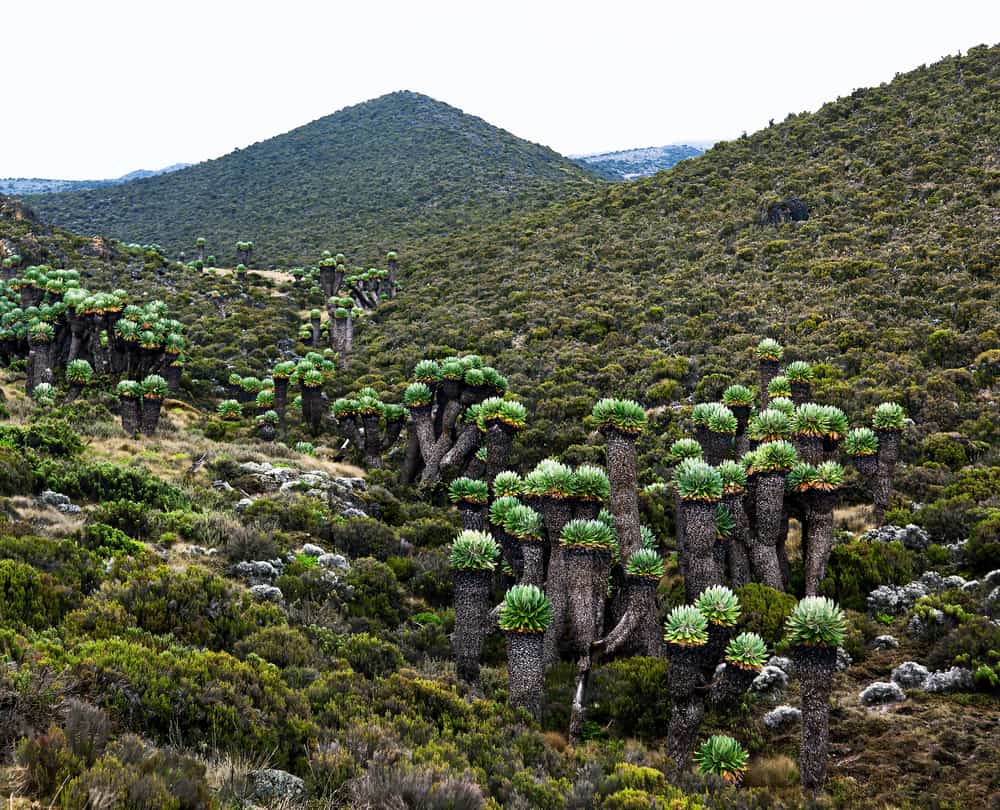
The best time to climb Kilimanjaro is during the two dry seasons. But calling them dry season leads many to believe that the mountain will be entirely dry, with no rain or adverse weather conditions.
While the dry season is marked by low precipitation, rain and snow can still occur during this period. Keep in mind that the ecological zone where the routes begin is the rainforest. It’s called the rainforest for a good reason – it’s wet, almost always. And as we gain elevation, though it tends to be drier and less humid, the mountain weather is unpredictable. It’s very possible to experience downpours and even blizzards.
Trekkers should pack rain gear and be prepared for wet conditions at any time. The mountain’s diverse microclimates can result in unexpected and uncharacteristic weather, no matter when you visit.
Misconception #9: It’s Going to Be Cheap

Some assume that climbing Kilimanjaro is inexpensive due to Tanzania’s classification as a third-world country.
Unfortunately, the costs are substantial. Much of the expense is made up of park fees and value added taxes, which we have no control over. At the time of writing, these costs alone amount to approximately $150 per client per day.
Then, there are staff wages, food, equipment, and transportation. As a result, Kilimanjaro prices are not cheap and will run you a few thousand dollars.
At Ultimate Kilimanjaro, we employ the most well-trained staff, provide high quality equipment, and serve hot, nutritious meals. We don’t cut corners on these essentials because they’re very important for your safety and a good overall experience.
We’re not the cheapest company, nor do we care to be. We offer high quality climbs at a reasonable cost. At our price levels, we can satisfy all park fees, pay real wages to staff, supply adequate food and proper equipment, while still providing great service to our clients.
Misconception #10: The Shortest Routes are the Easiest Routes
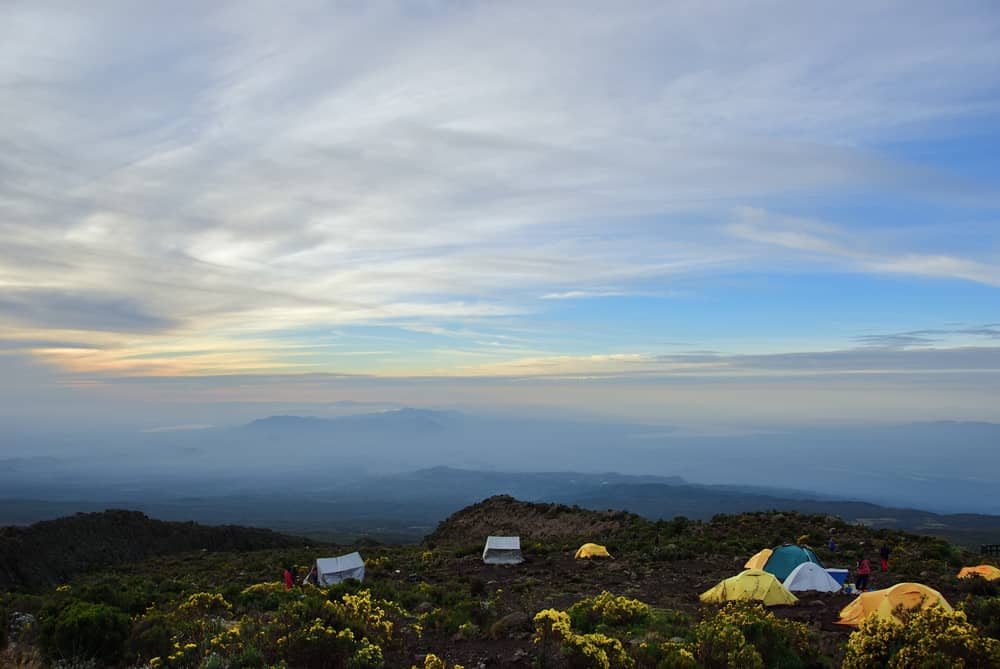
Some people think that the short routes are for beginners while the longer routes are for experienced hikers. The 5 day Marangu route, known as the “Coca-Cola” route due to its relative popularity, is often considered the easiest path to the summit. Many people who climb Kilimanjaro choose the Marangu route because they are unsure of their physical fitness and capabilities. This is a mistake.
While Marangu is less physically demanding than some other routes, it isn’t the easiest. In fact, it has the lowest success rate on the mountain. Its shorter duration might seem attractive, but the quick ascent can lead to a higher risk of altitude sickness due to insufficient acclimatization time. Other routes like the 9 day Northern Circuit and 8 day Lemosho offer slower ascents, improving climbers’ chances of reaching the summit while minimizing altitude-related risks.
So don’t choose a short route because you believe they’re easier. Short routes are best left for experienced climbers who are confident of their ability to acclimatize quickly. Everyone else should choose a longer route, with itineraries of 7 or more days.
________
Want to learn more? Read The Beginner’s Guide to Climbing Kilimanjaro.





















































